Large Tapered / Cylindrical bearing raceway and rib superfinishing machine (inner / outer circle)
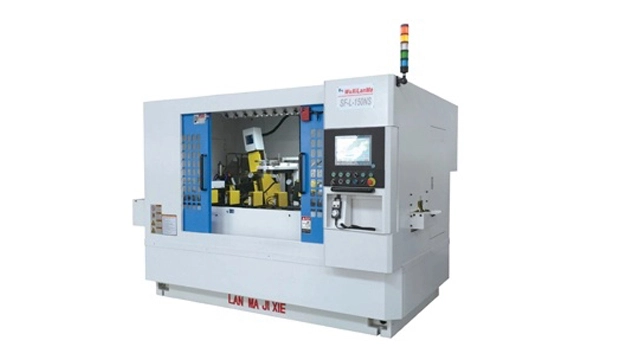
The typical surface finish achieved through superfinishing is extremely smooth, with Ra values (average surface roughness) ranging from 0.05 to 0.1 microns. This fine finish is ideal for improving the performance and longevity of components like bearings. Superfinishing significantly reduces surface imperfections, such as scratches and rough spots, which lowers friction, minimizes wear, and prevents heat buildup during operation. The smooth surface also contributes to enhanced load capacity, reduced noise, and improved efficiency, making it especially beneficial in high-speed or high-precision applications. This ultra-smooth finish ensures optimal performance and durability of mechanical components.
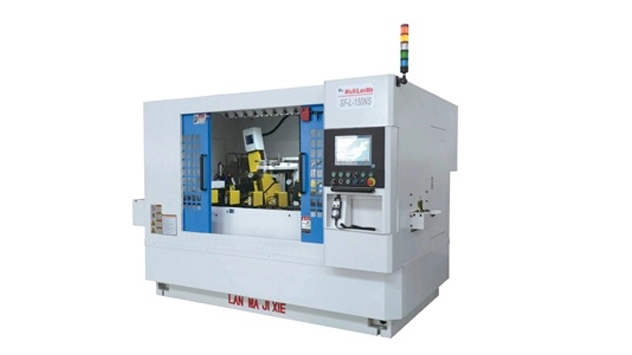
The key difference between superfinishing and grinding for cylindrical tapered roller bearings lies in the material removal process and the surface quality achieved. Grinding is an abrasive process used for shaping and removing a larger amount of material, creating a rougher surface finish. It is typically used for initial shaping or rough finishing. Superfinishing, on the other hand, is a finer process that removes only a small amount of material to achieve a precise, ultra-smooth finish. Superfinishing reduces surface roughness significantly, improving bearing performance by reducing friction, wear, and extending the bearing’s lifespan, especially in high-load and high-speed applications.
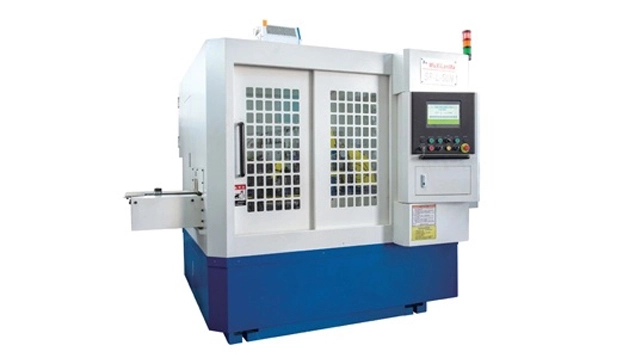
The superfinishing process for bearings typically takes a few second per bearing, depending on several factors. These include the size and complexity of the bearing, the level of surface finish required, and the specific superfinishing machine used. Since superfinishing removes only a small amount of material to achieve a fine, smooth finish, the process is relatively quick compared to more aggressive machining methods. However, achieving the desired precision and surface quality requires careful control of parameters such as pressure, speed, and abrasive type, ensuring a consistent and high-performance result.
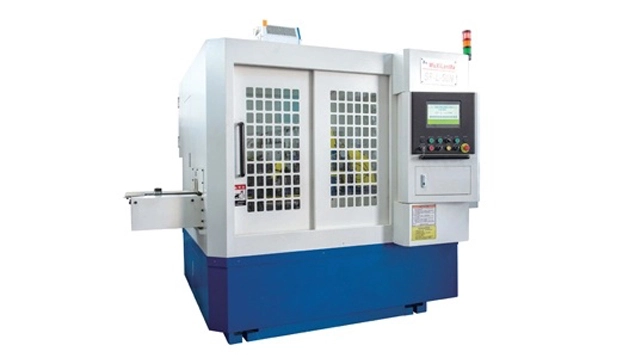
Maintaining a bearing superfinishing machine involves several key steps. Regularly inspect and clean the machine to remove debris, dust, and contaminants that can affect performance. Check abrasive tools for wear and replace or dress them as needed to maintain consistent surface quality. Ensure the cooling and lubrication systems are functioning properly to prevent overheating and reduce friction. Calibrate the machine periodically to maintain accuracy in speed, pressure, and stroke length. Monitor and adjust machine settings to ensure optimal performance. Lastly, inspect bearings and parts for any signs of wear or damage to prevent disruptions during operation.
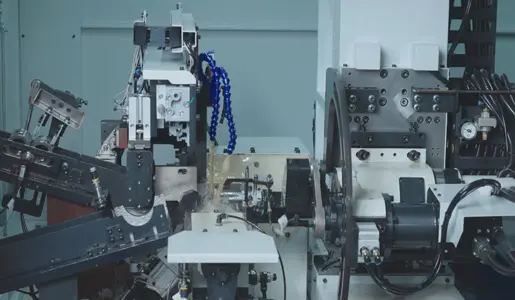
 Call us on:
Call us on:  Email Us:
Email Us:  No. 52-1 Zhang Road, Meicun Industrial Park, New District, Wuxi City, Jiangsu, China.
No. 52-1 Zhang Road, Meicun Industrial Park, New District, Wuxi City, Jiangsu, China.